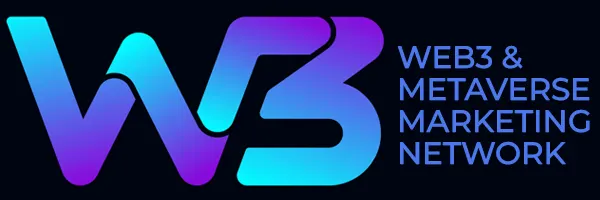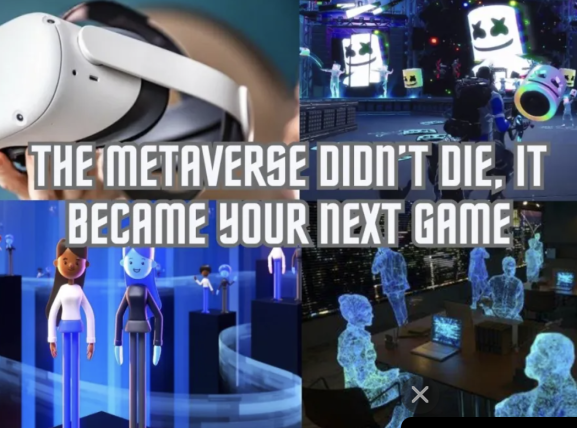Building Immersive Metaverse Mobile Experiences
Introduction to the Metaverse and React Native
The concept of the Metaverse has captured the imagination of technologists, entrepreneurs, and creatives alike. At its core, the Metaverse is a collective virtual shared space, created by the convergence of virtually enhanced physical reality and physically persistent virtual reality. It encompasses a wide range of virtual environments, where users can interact with digital objects and with each other in real-time.
The Metaverse is not a single entity but a network of interconnected virtual worlds. It extends beyond gaming to include social interactions, virtual economies, immersive learning environments, and even virtual workplaces. Companies like Facebook (now Meta), Microsoft, and various blockchain projects are heavily investing in the development of the Metaverse, signaling its potential to transform how we interact with digital content.
React Native, on the other hand, is a popular framework developed by Facebook for building mobile applications using JavaScript and React. It allows developers to create apps that run on both iOS and Android platforms with a single codebase, leveraging the power of native components and APIs.
React Native offers several advantages:
- Cross-Platform Compatibility: Write once, run anywhere. React Native enables developers to create apps for multiple platforms without duplicating code.
- Performance: By using native components, React Native ensures that the performance is close to native applications.
- Hot Reloading: This feature allows developers to see the results of the latest change immediately, improving productivity.
- Rich Ecosystem: With a robust community and a plethora of libraries and tools, React Native simplifies the development process.
While React Native is traditionally used for developing standard mobile applications, its potential in the Metaverse is significant. The Metaverse demands applications that can provide seamless, immersive experiences across different devices and platforms. Here’s how React Native aligns with these requirements:
- Cross-Platform Development: The Metaverse encompasses various platforms, from mobile devices to VR headsets. React Native’s cross-platform nature ensures that applications can be easily adapted for different devices, providing a consistent user experience.
- Modular Architecture: The modular architecture of React Native allows for the easy integration of complex Metaverse technologies, such as VR/AR frameworks, 3D rendering engines, and blockchain services.
- Real-Time Updates: The Metaverse is dynamic, with continuous updates and real-time interactions. React Native’s hot reloading and live updates capabilities are crucial for maintaining such environments.
- Community and Ecosystem: The vast React Native ecosystem offers numerous libraries and tools that can accelerate Metaverse development, from UI components to state management solutions.
As the Metaverse continues to evolve, React Native is well-positioned to play a significant role. Its flexibility, performance, and wide adoption make it a compelling choice for developers looking to create immersive mobile experiences. By leveraging React Native, developers can build the next generation of applications that will drive the Metaverse forward, making it more accessible and engaging for users worldwide.
Current Trends and Use Cases
The intersection of React Native and the Metaverse is relatively new, but there are already several exciting trends and use cases emerging. These illustrate how developers are leveraging React Native to build immersive experiences in the Metaverse.
- Social VR Applications: Social interactions are at the heart of the Metaverse. React Native is being used to build social VR applications that allow users to meet, chat, and collaborate in virtual environments. These apps often integrate with VR frameworks to provide immersive experiences.
- Example: AltspaceVR, a social VR platform, leverages React Native to manage its mobile interfaces, providing users with a seamless transition from mobile to VR environments.
- Virtual Events and Conferences: With the rise of virtual events, React Native is playing a crucial role in developing platforms that host virtual conferences, trade shows, and meetups. These applications often support both 2D mobile views and 3D VR experiences.
- Example: Hopin, a virtual events platform, uses React Native to ensure a consistent experience across mobile devices, making it easy for users to join events from anywhere.
- Gaming and Entertainment: The gaming industry is a major driver of the Metaverse, and React Native is being used to create companion apps for games that offer additional functionality, such as social features, leaderboards, and in-game purchases.
- Example: Pokémon Go, while not a full-fledged Metaverse application, uses React Native for its mobile app, blending augmented reality with real-world interactions.
- Virtual Commerce: Virtual shopping and e-commerce experiences are gaining traction in the Metaverse. React Native enables developers to build mobile applications that support virtual stores, allowing users to browse and purchase items in a virtual environment.
- Example: VRChat, a social VR platform, incorporates virtual commerce elements where users can buy and sell virtual goods. React Native helps facilitate these transactions on mobile devices.
User Experience (UX) and User Interface (UI) Design for the Metaverse
Designing for the Metaverse presents unique challenges and opportunities. Here are best practices for creating engaging and user-friendly interfaces in Metaverse applications using React Native:
- Immersive Navigation:
- Use spatial navigation techniques that allow users to move intuitively within the virtual environment.
- Implement smooth transitions and animations to enhance the sense of immersion.
- Intuitive Interactions:
- Design interactive elements that respond to user actions with visual and haptic feedback.
- Use gesture-based controls that mimic real-world interactions.
- Consistent Visual Language:
- Maintain a consistent visual style that aligns with the theme of the virtual environment.
- Use high-quality textures and lighting to create realistic and engaging scenes.
- Accessibility:
- Ensure that your Metaverse application is accessible to users with disabilities by incorporating features like voice commands and adjustable text sizes.
- Provide customization options to accommodate different user preferences and needs.
Challenges and Future Prospects
While the potential of using React Native in the Metaverse is immense, there are several challenges that developers may face:
- Device Compatibility: Ensuring that Metaverse applications run smoothly across different devices, from mobile phones to VR headsets, can be challenging.
- Performance Limitations: Creating high-performance, immersive experiences requires significant optimization, especially for complex 3D rendering and real-time interactions.
- User Adoption: As the Metaverse is still an emerging concept, convincing users to adopt and engage with Metaverse applications can be a hurdle.
Despite these challenges, the future prospects of React Native in the Metaverse are promising. Advancements in technology, such as more powerful mobile devices and improvements in VR/AR frameworks, will likely alleviate some of these issues. Furthermore, as the Metaverse becomes more mainstream, the demand for immersive mobile experiences will continue to grow, creating new opportunities for developers.
APN News







